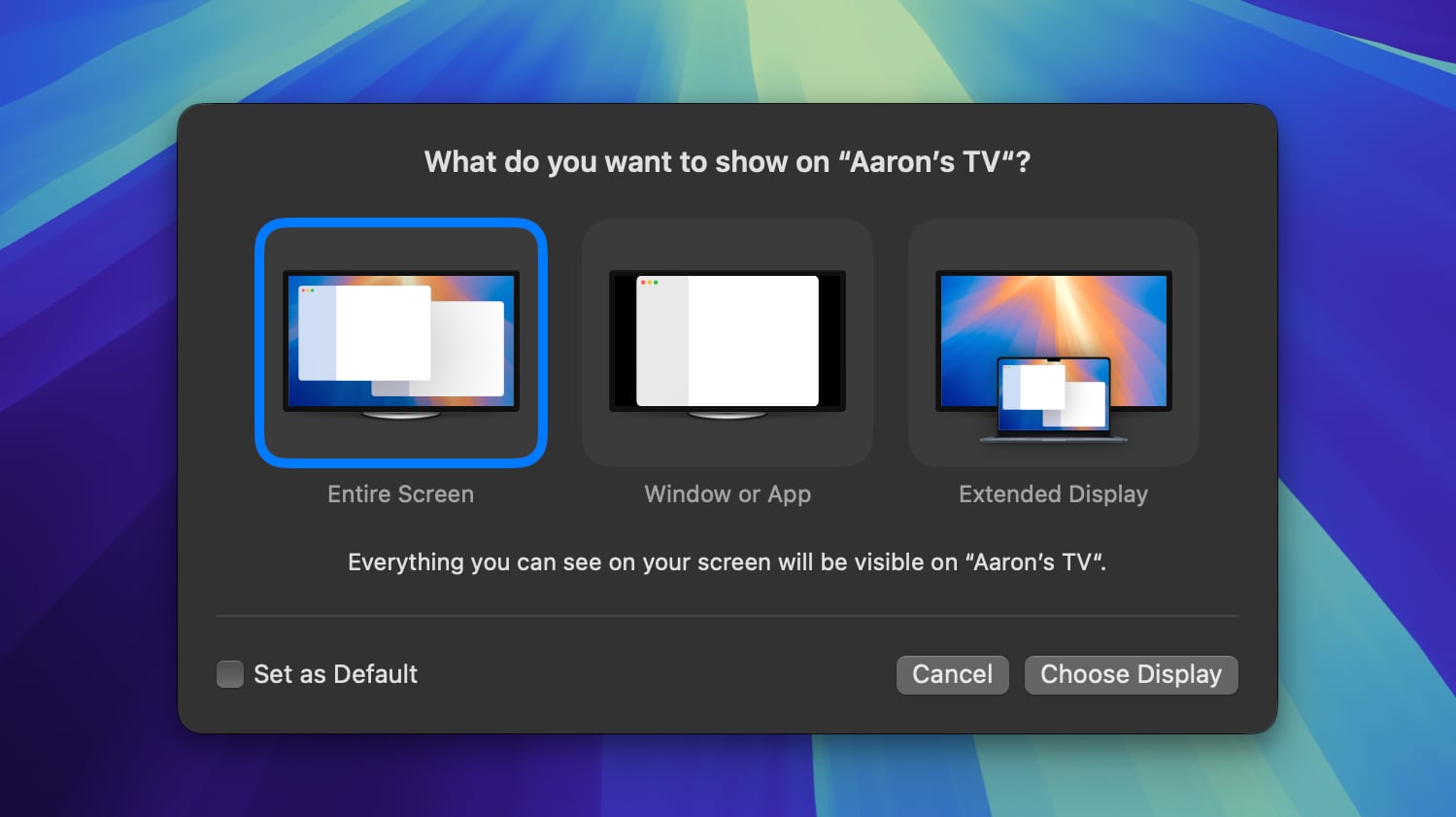Kia Sportage (2022) review: A bold new look
The Sportage is an important model for Kia, sitting in the popular compact SUV segment, offering the road presence and space that many families crave, while presenting good specification and value for money.
The 2022 Sportage is a significant update over the original, which is why it’s positioned as an all-new model. From interior to the exterior there’s little that’s remained the same, apart from the name. There’s a lot of good stuff to take in, so how does it all add up?
Design
The most striking change to the 2022 Sportage is the nose, with new daytime running lights, and that so-called Tiger Nose grille now looking, well, completely different.
Kia has undergone a huge change over the past few years, redesigning its logo, shifting up design with its new “opposites united” philosophy, giving us cars like the Kia EV6. The Sportage now looks sportier; there’s more substance to it.
There isn’t just a change in the nose, but throughout, resulting in a car that looks better from all angles, much more modern and, we suspect, much more competitive against the likes of the Nissan Qashqai, but also the expanding run of German SUVs in this space.
There are five model grades – 2, GT-Line, 3, 4, GT-Line S – with 18 different configurations overall. This underlines how important it is to Kia to be able to offer the Sportage at a wide range of prices, to a wide range of customers.
Certainly, there’s plenty of options – so be careful to examine the features available at each level to make sure you get the car you want.
A refreshed interior
The interior of the Kia Sportage looks and feels very different to previous models. You’ll notice a step in the tech loadout between the 2 and GT-Line trim compared to the 3, 4 and GT-Line S. The higher levels offer a single curved display inside – like you’ll find in the EV6 – for a much more modern look, and we suspect that most will be starting their decision making at trim 3 as a result.
collection:internal
That curved display leads the charge for an interior that’s been cleaned up in many areas, removing buttons from the dash – and removing the gear selector on automatic models. While manual remains an option on the entry-level options, automatic dominates and the move to a simple rotary controller makes things tidier.
But the biggest change on the dash, one that removes a lot of buttons, is the multimode touch controller. This bar of controls in the centre of the car can be used to control climate, but at the touch of a button it switches over to control other functions like navigation and radio.
Importantly, this controller calls up the relevant screen on the display, so you don’t have to constantly hit the home button on the display – it just makes it all easier to use, while giving a tidy finish.
The quality of the interior has stepped up, with soft finishes and textures, and not too much black glossy plastic. Harder plastics are used lower down and while it’s not quite as fancy as Kia’s latest electric model, the Sportage is still a very pleasant place to be. Suede trim inserts add a touch of class on top-end models.
The seats are comfortable and offer plenty of adjustment, while the back seat offers enough space for adults. Knee space isn’t huge, but there’s plenty of headroom, perhaps because the rear bench is a little more reclined than you might normally find.
The boot offers a useful 591 litres of space, underlining the practical nature of this car. Kia sells so many, because it ticks those all-important boxes of giving you enough space to cart around your family with all their stuff in tow.
The technology
That curved display houses a pair of 12.3-inch panels and results in a clean-looking interior. As we said, this only applies to the 3 trim and above, with the entry-level model getting an 8-inch centre display, while the GT-Line gets a 12.3-inch display, but separated, so lacking the clean aesthetic of the higher-end trims.
collection:displays
The driver’s display is digital, changing to reflect the driver mode, but not offering huge amounts of customisation – but it will use flanking cameras to give you a blind-spot view when you use the indicator. This lets you see a view you’d normally not get from beside the car, just so you can check it’s all clear, or to help you when reversing around a corner.
The infotainment system is easy enough to navigate, with line-drawn icons giving access to all the expected functions – nav, phone, radio, and so forth. There’s a hybrid area so you can check out any details that apply to the hybrid models, revealing how much electric power you’ve used, for example.
We found the navigation to be pretty good with good mapping and directions. There’s one quirk we found when driving off the route, however: once “rerouting” it won’t let you cancel the navigation until it’s plotted your new route. As a result we found ourselves driving through a town constantly being told to turn down roads to head back to our original route and unable to cancel the navigation, because as soon as we missed a turning, it went back into thinking again.
There’s support for Android Auto and Apple CarPlay as standard, but this doesn’t use the entire display, instead filling the edge with a logo. We’ve seen this on a number of cars’ systems in the past, so it’s not uncommon.
There are USB ports in the front – as well as 15W Qi wireless charging pad on the 4 and GT-Line S models – while the rear passengers also get access to USB ports in the backs of the front seats.
The top tier models also benefit from a Harmon Kardon sound system.
On the road
Initially, Kia is offering the Sportage as petrol and diesel options, mild hybrid, standard hybrid, and in the future as a plug-in hybrid. All the hybrids feature the 1.6-litre T-GDi engine.
For the purposes of this review, we tested the standard hybrid, which adds in a 44.2kW motor and 1.49kWh battery. While small in capacity, this battery allows some driving without need for the combustion engine, increasing the overall efficiency of the car, particularly in stop-start driving. We found it smooth too, with the handover from electric to combustion barely perceptible.
Our test driving returned an average of 42.2mpg against the 49.6mpg cited by Kia, which is reasonable. There’s 226hp combined output from the hybrid, making it more powerful than the mild hybrid of standard models.
There are options for front or all-wheel drive (limited to the 4 and GT-Line S trims), as well as different gearboxes – 6-speed manual on the 2, GT-Line and 3; or a 7-speed auto on the mild hybrid, swapping to a 6-speed box on the full hybrid model as tested here.
The plug-in hybrid will pack in a 66.9kW motor and 13.8kWh battery and deliver 261hp, making it the range topper and providing longer electric range – we’d expect somewhere around 30 miles, but this is to be confirmed and we’ll update when we get the chance to drive it.
The Sportage is a pleasure to drive, offering great visibility on the road. We’re not sold on the lane keep assistant which doesn’t seem to cope with straddling the centre line – annoying when there are cars parked to the side of the road – with the LKA system frequently trying to steer us back into the lane.
The ride is on the firmer side and that might make the Sportage feel a little sportier on those twisting roads, but with light steering, it’s really easy to drive – if a little vague – and well equipped with technology to give you everything you might want on the road.



